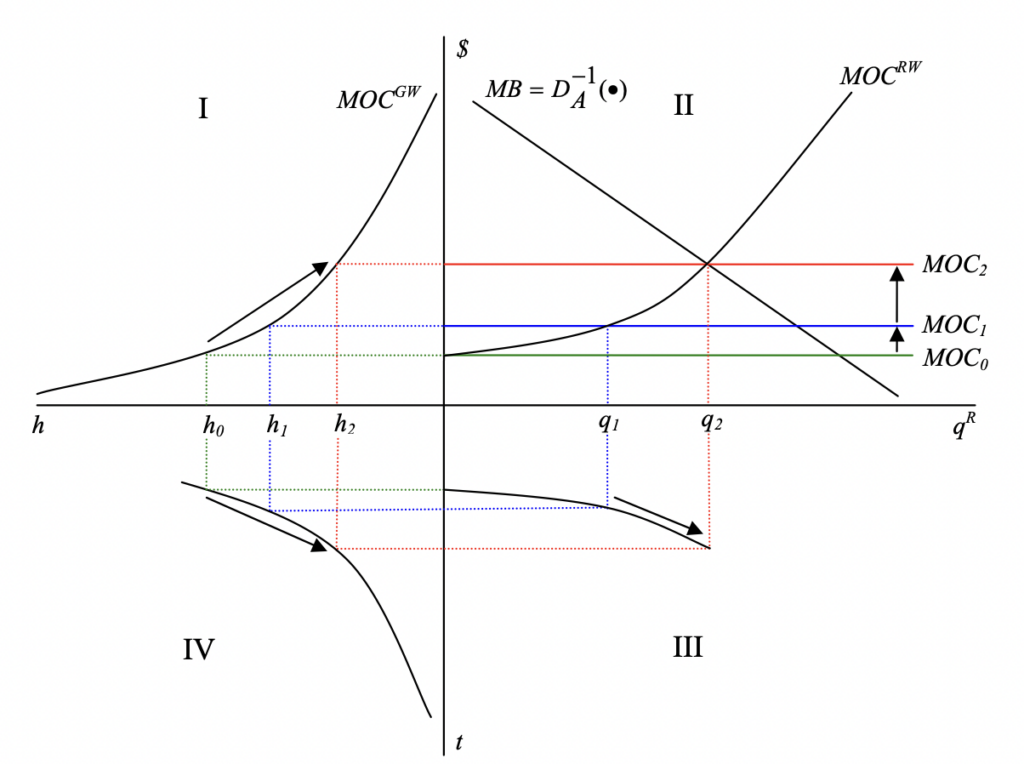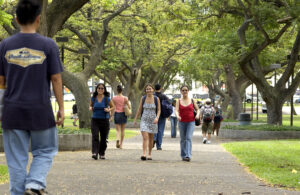In this paper, we consider the role that wastewater recycling plays in the optimal extraction of groundwater, a renewable resource. We develop a two-sector dynamic optimization model to solve for the optimal trajectories of groundwater extraction and water recycling. For the case of spatially increasing recycling costs, recycled water serves as a supplemental resource in transition to the steady state. For constant unit recycling cost, recycled wastewater is eventually used as a sector-specific backstop for agricultural users, while desalination supplements household groundwater in the steady state.






